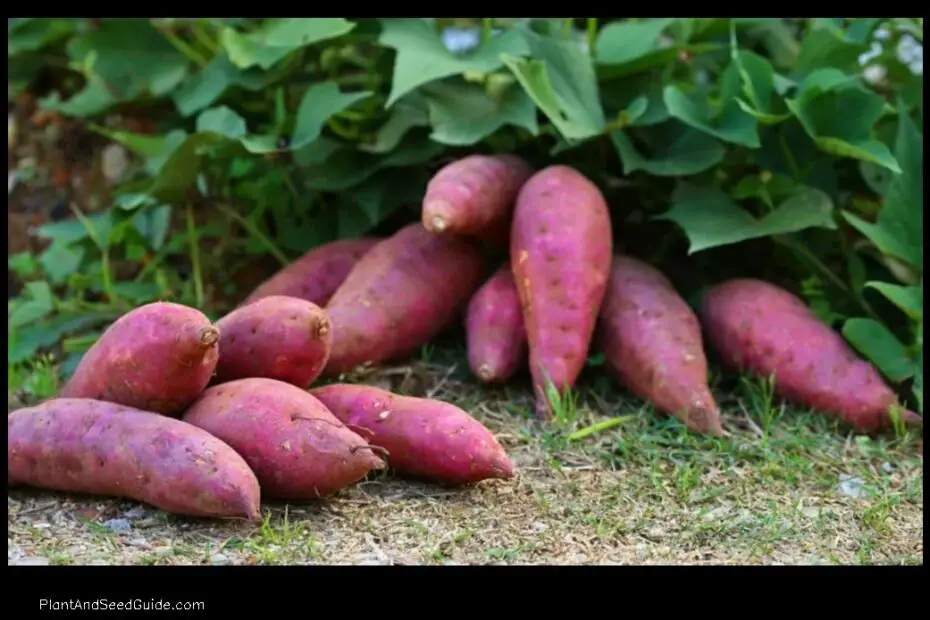
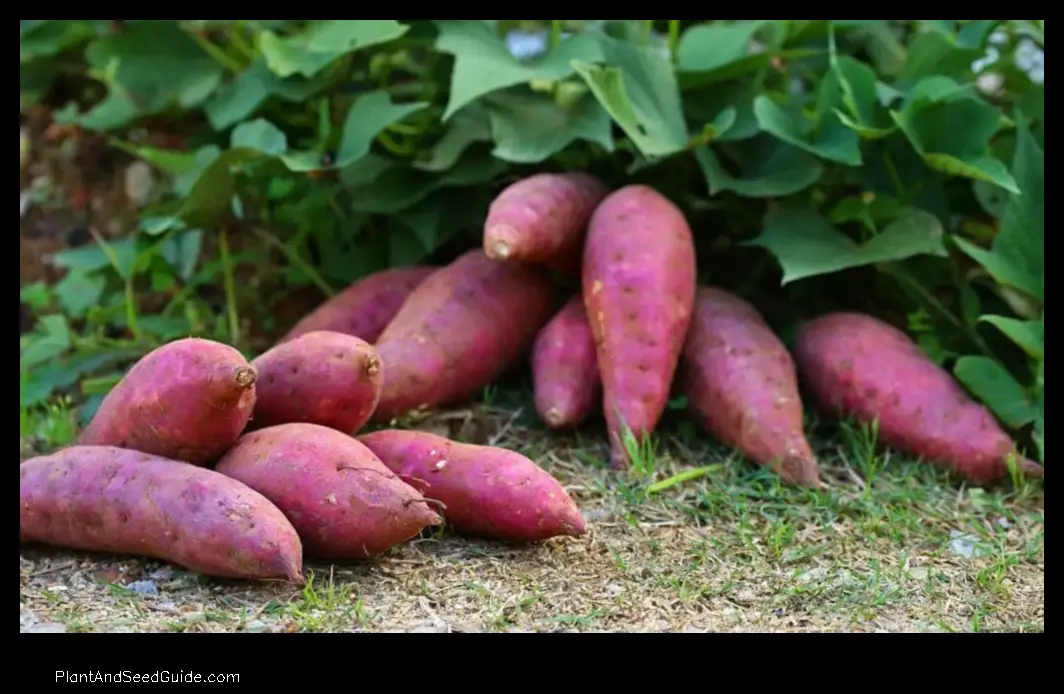
How to Plant Sweet Potatoes in Florida
Sweet potatoes are a delicious and nutritious root vegetable that can be grown in a variety of climates, including Florida. They are relatively easy to grow, and with a little care, you can enjoy fresh sweet potatoes from your own garden.
This guide will provide you with all the information you need to know about planting sweet potatoes in Florida, including the best time to plant, the best soil type, and how to care for your plants.
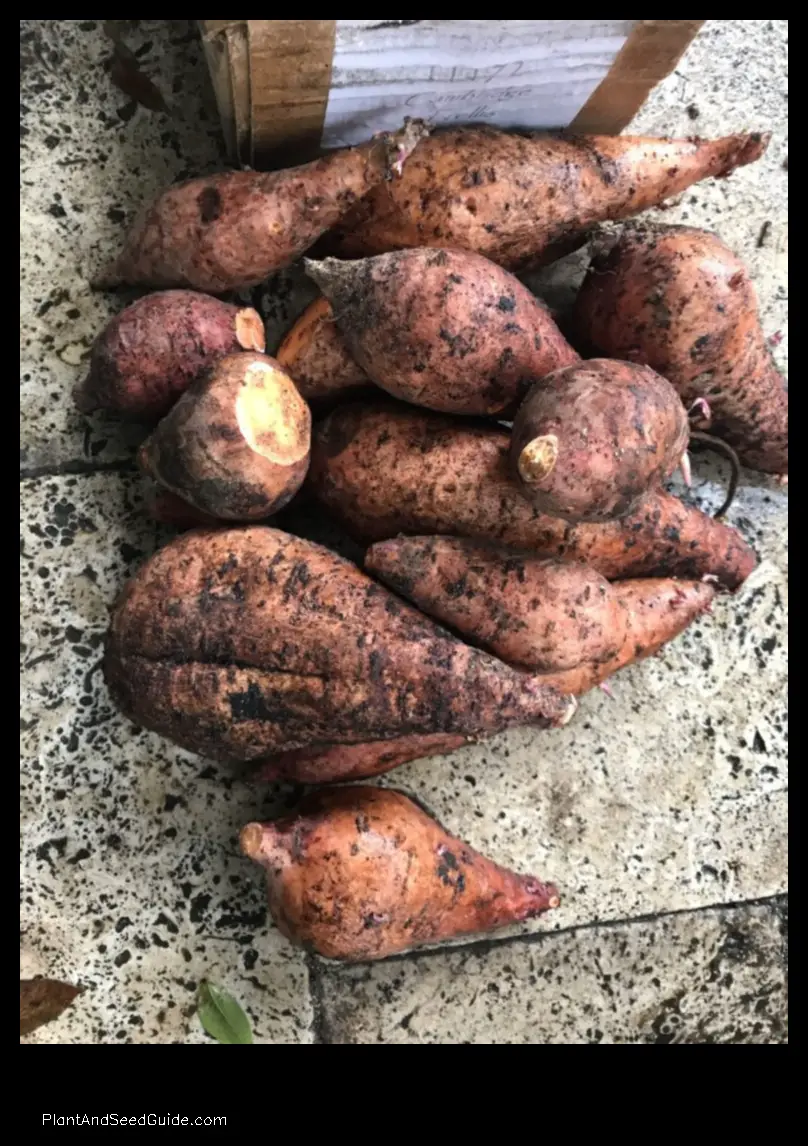
Best Time to Plant Sweet Potatoes in Florida
The best time to plant sweet potatoes in Florida is in early spring, after the last frost. Sweet potatoes are a warm-weather crop, and they will not tolerate frost.
You can also plant sweet potatoes in late summer or early fall, but they will not produce as many roots as plants that are planted in the spring.
Loading... Seconds Left for
Miniature Orchid Terrarium Gallery!
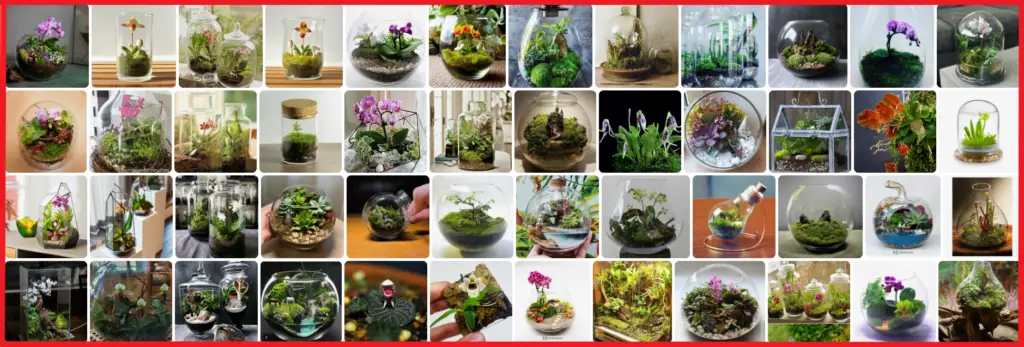
Best Soil Type for Sweet Potatoes in Florida
Sweet potatoes grow best in well-drained, sandy loam soil. The soil should be rich in organic matter and have a pH of 6.0 to 6.8.
If your soil is not well-drained, you can improve drainage by adding compost or sand to the soil. You can also amend the soil with organic matter, such as manure or compost, to improve its fertility.
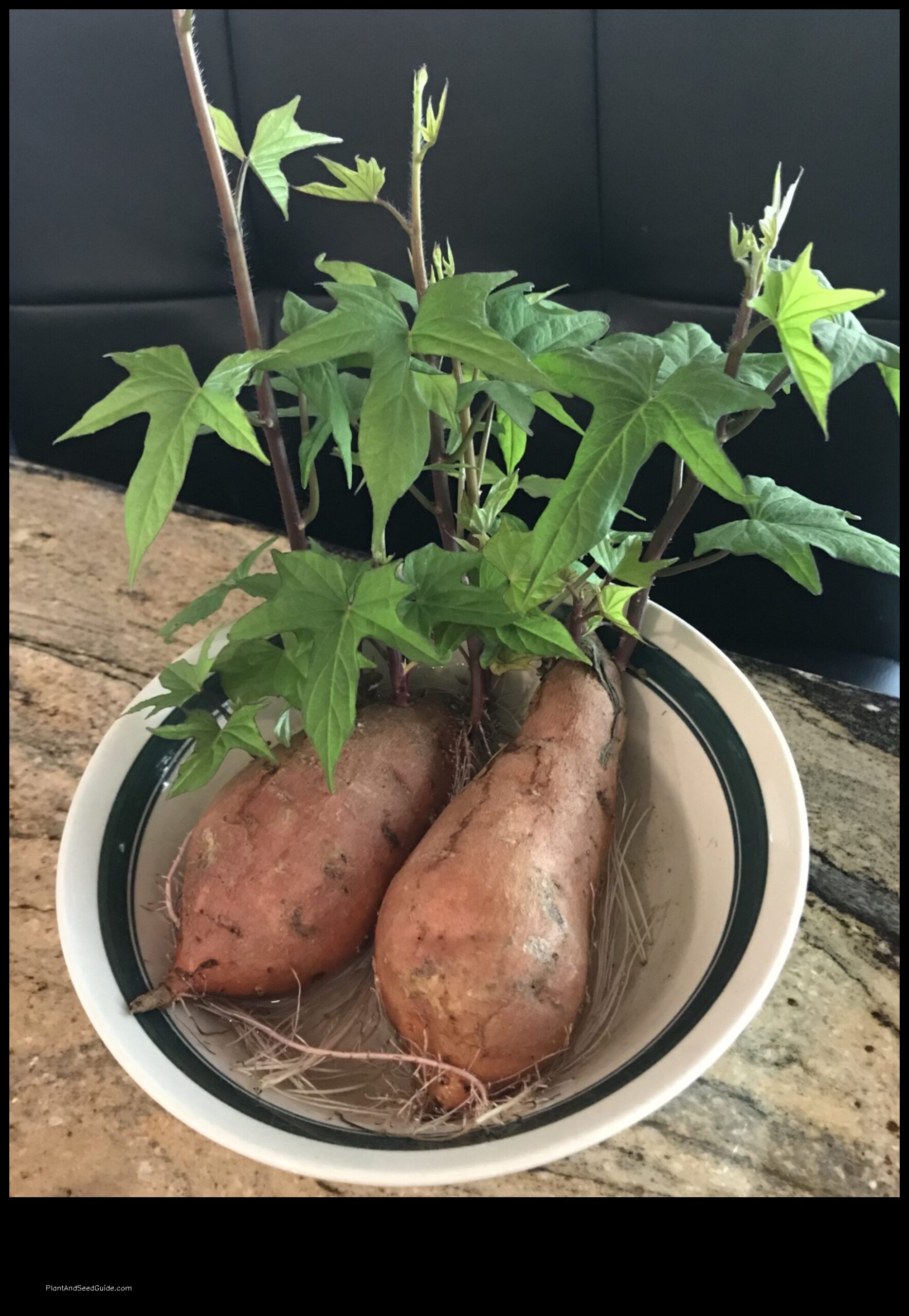
To plant sweet potatoes, start by digging a trench about 6 inches deep and 12 inches wide. Space the plants 12 inches apart in the row.
Place a sweet potato piece, with at least two eyes, in the trench with the eyes facing up. Cover the sweet potato piece with soil and water well.
Sweet potatoes will sprout in about 2 weeks. Once the plants have sprouted, thin them to 6 inches apart.
How_to_Care_for_Sweet_Potatoes_in_Florida">How to Care for Sweet Potatoes in Florida
Sweet potatoes are relatively easy to care for, but they do require some basic care.
Water your sweet potatoes regularly, especially during dry weather. Sweet potatoes need about 1 inch of water per week.
Fertilize your sweet potatoes monthly with a balanced fertilizer, such as 10-10-10.
Mulch aroun
d your sweet potatoes to help keep the soil cool and moist.
Sweet potatoes are susceptible to a variety of pests and diseases, including aphids, mites, nematodes, and potato blight. To protect your plants from pests and diseases, you can use organic pest control methods, such as neem oil or insecticidal soap.
Harvesting Sweet Potatoes in Florida
Sweet potatoes are ready to harvest when the skin is tough and the flesh is firm. You can harvest sweet potatoes by digging them up with a garden fork.
To store sw
eet potatoes, place them in a cool, dry place. They will keep for several months.
Troubleshooting
If your sweet potatoes are not growing well, there are a few things you can check.
Make sure you are planting your sweet potatoes in the right time of year.
Make sure your sweet potatoes are planted in the right type of soil.
Make sure you are watering your sweet potatoes regularly.
Make sure you are fertilizing your sweet potatoes regularly.
Make sure you are protecting your sweet potatoes from pests and diseases.
>
| Feature |
Answer |
| Sweet potato planting in Florida |
The best time to plant sweet potatoes in Florida is in early spring, after the last frost. Sweet potatoes should be planted in a sunny location with well-drained soil. The soil should be dug up to a depth of 12 inches and amended with compost or manure. Sweet potatoes should be planted 3 inches deep and 12 inches apart. |
| Sweet potato growing in Florida |
Sweet potatoes need regular watering, but they should not be overwatered. The soil should be kept moist, but not soggy. Sweet potatoes should be fertilized monthly with a balanced fertilizer. Sweet potatoes should be hilled up as they grow to prevent the tubers from being exposed to sunlight. |
| Sweet potato care in Florida |
Sweet potatoes are susceptible to a number of pests and diseases, including aphids, whiteflies, nematodes, and sweet potato wilt. Sweet potatoes should be sprayed with an insecticide or fungicide to protect them from pests and diseases. |
| Sweet potato harvest in Florida |
Sweet potatoes are ready to harvest when the leaves begin to turn yellow and the vines die back. Sweet potatoes should be dug up carefully to avoid damaging the tubers. Sweet potatoes should be stored in a cool, dry place. |
| Sweet potato varieties for Florida |
There are a number of sweet potato varieties that are well-suited for growing in Florida. Some of the best varieties for Florida include Beauregard, Covington, and Garnet. |
IClimate and soil
Sweet potatoes are a warm-weather crop that can be grown in a variety of climates. However, they do best in areas with long, hot summers and mild winters. The ideal temperature for growing sweet potatoes is between 75 and 85 degrees Fahrenheit. Sweet potatoes can tolerate some frost, but they will not produce well if the temperature drops below 50 degrees Fahrenheit.
Sweet potatoes grow best in well-drained soil that is rich in organic matter.
The soil pH should be between 6..
0 and 6.8. Sweet potatoes can be grown in a variety of soil types, but they do not tolerate poorly drained soil or soil that is high in clay.
Varieties
There are many different varieties of sweet potatoes, each with its own unique flavor and texture. Some of the most popular varieties for growing in Florida include:
- Beauregard
- Carolina Gold
- Jewel
- Okinawanli>
- Russet
When choosing a variety of sweet potato to grow in Florida, it is important to consider the climate and soil conditions in your area. Some varieties are more tolerant of heat and drought than others, while some varieties prefer sandy or loamy soils.
It is also
important to consider the intended use for your sweet potatoes. If you plan to eat them fresh, you will want to choose a variety that is sweet and flavorful. If you plan to use them in cooked dishes, you may want to choose a variety that is more starchy.
Planting
The best time to plant sweet potatoes in Florida is in early spring, after the last frost.
Sweet potatoes can be grown in a variety of soil types, but they prefer well-drained, sandy loam soil..
The soil should be amended with compost or manure before planting. Sweet potatoes should be planted 3-4 inches deep and 12 inches apart.
Sweet potatoes need full sun to produce well. They will tolerate some shade, but yields will be lower. Sweet potatoes are heavy feeders and require regular watering. The soil should be kept moist, but not soggy.
Sweet potat
oes will begin to mature in late summer or early fall. The leaves will turn yellow and the vines will begin to die back. The sweet potatoes can be harvested when the skins are firm and the flesh is yellow.
To harvest sweet potatoes, dig up the tubers with a garden fork. Be careful not to damage the skin. The sweet potatoes can be stored in a cool, dry place for several months.
Growing
Sweet potatoes can be grown in a variety of soils, but they prefer a well-drained, sandy loam soil. The soil should be pH neutral or slightly acidic, with a pH of 6.0 to 6.8. Sweet potatoes do not tolerate waterlogged soil, so it is important to make sure that the soil is well-drained.
Sweet potat
oes can be grown from slips or from seed.
Slips are small pieces of sweet potato that have been cut from a mature plant..
Seedlings can be started indoors about 6 weeks before the last frost date. Once the seedlings have developed 2 to 3 true leaves, they can be transplanted outdoors.
Sweet potatoes should be planted in full sun. The plants will need to be spaced about 2 feet apart. Sweet potatoes should be watered regularly, but it is important to avoid overwatering. The plants should be fertilized monthly with a balanced fertilizer.
Sweet potatoes are ready to harvest when the vines have died back and the skin of the potatoes has turned a deep purple. The potatoes can be dug up with a garden fork or shovel. Sweet potatoes should be stored in a cool, dry place.
VHarvesting">VHarvesting
Sweet potatoes are ready to harvest when the vines have died back and the skin of the potatoes is firm and smooth.
Sweet potatoes can be stored for several months if they are kept cool and dry. To store sweet potatoes, place them in a paper bag or cardboard box and store them in a cool, dry place such as a basement or root cellar.
Sweet potatoes can also be frozen. To freeze sweet potatoes, peel and slice them into 1-inch pieces. Place the pieces in a single layer on a baking sheet and freeze for 2-3 hours. Once the pieces are frozen, transfer them to a freezer bag or container and store them in the freezer for up to 6 months.
To protect your sweet potatoes from pests and diseases, you can take the following steps:
For more information on pests and diseases of sweet potatoes, please consult your local extension agent or a gardening expert.




